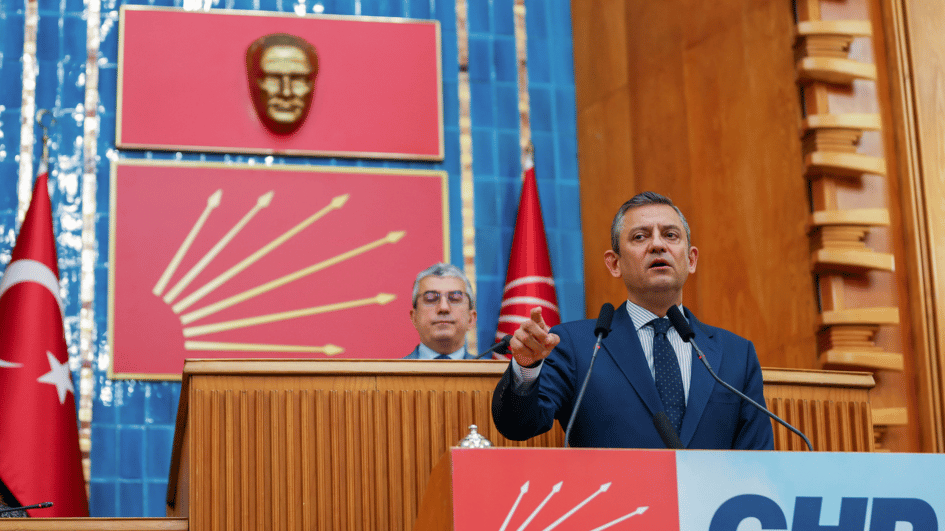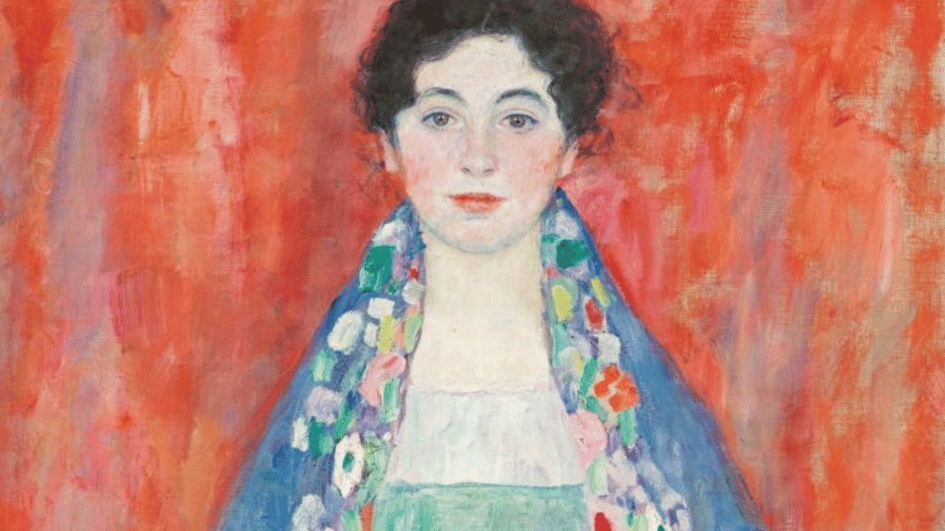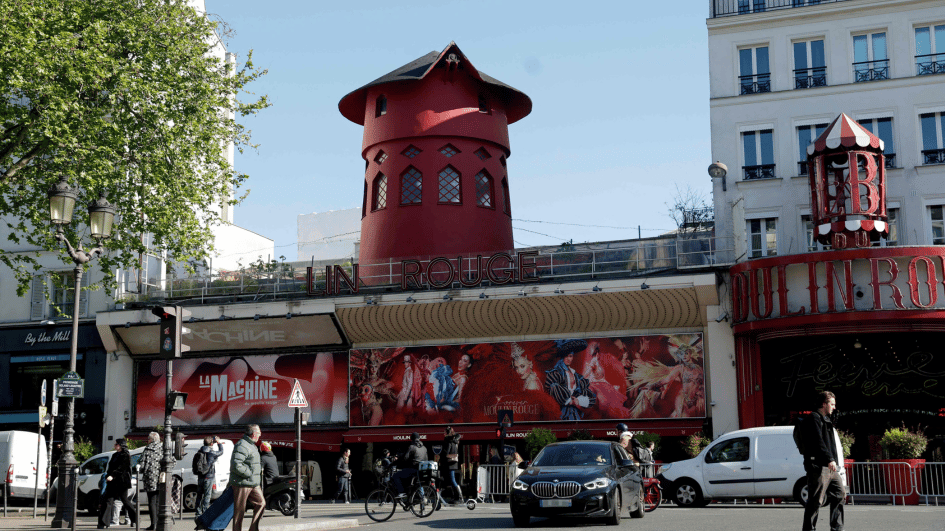The two faces of the ‘Yes’ campaign
One part attracted voters, the other part pushed voters away.
One part focused on making people like the “Yes” side, the other part worked for them to hate “No.” One tried to make them like “Yes,” the other part tried to distance them from “No.” One focused on justifying “Yes,” the other focused on criminalizing “No.”
One was giving hope and encouragement, the other was generating fear, intimidating and deterring.
One aimed to make hearts warm to the “Yes” side, the other aimed to alienate them from “No.”
One tried to give positive morale to society, while the other demoralized it.
Supposedly both were working for the same team, the “Yes” team. But one of them was sweet-tongued and compassionate while the other was sharp-tongued and poisonous.
One was smiling and cheerful with a soft heart, the other was sulky and severe.
One fueled optimism, the other caused pessimism. One favored a gentlemanly race while the other was fixated on ambition and point-scoring.
One was the official campaign of the ruling Justice and Development Party (AK Party), the other was a pirate-like parallel campaign run by narrow-minded troll mentality. One worked to gain more “Yes” voters, the other worked to make “No” voters lose.
If there was no such pirate campaign undermining the official one, the latter could perhaps have won over more voters. Such noise and image pollution worked against the “Yes” camp.
In a competition where the main opposition Republican People’s Party (CHP) was in a defensive stance, careful not to play into the hands of its opponent, the negative features of the pirate campaign’s aggressive and coarse face was all the more visible.
The posters, slogans, advertisements, songs, lyrics and video clips of the official campaign were loaded with hope. But it was dragged down by the extremism of the pirate campaign.
One concentrated of the content of the amendments, the 18 articles in question, while the other was focused on secret unwritten articles, invisible agendas and untold topics.
One played a song that offered a better future of happy days in unity and peace, while the other declared war on the enemy, playing the janissary march and calling for a charge against “the crusaders.”
This was the AK Party’s first campaign not overseen by Erol Olçok, who was killed during the failed July 2016 military coup attempt. This one was led by his brother, Cevat Olçok.
Cevat Olçok had worked on all past campaigns, but this was his first trial as the leading person. He carried the flag and successfully passed this difficult test.
The pirate campaign was a kind of exaggerated parallel campaign of trolls. The official campaign succeeded despite this pirate campaign. The voice of the real campaign was silenced by the hum of the shadow campaign.
The problem of the “Yes” campaign lies in this forked-tongued schizophrenia which is embroiled in a fight with its own self.
The AK Party should therefore look to solve the problem of this contradictory two-headedness.











